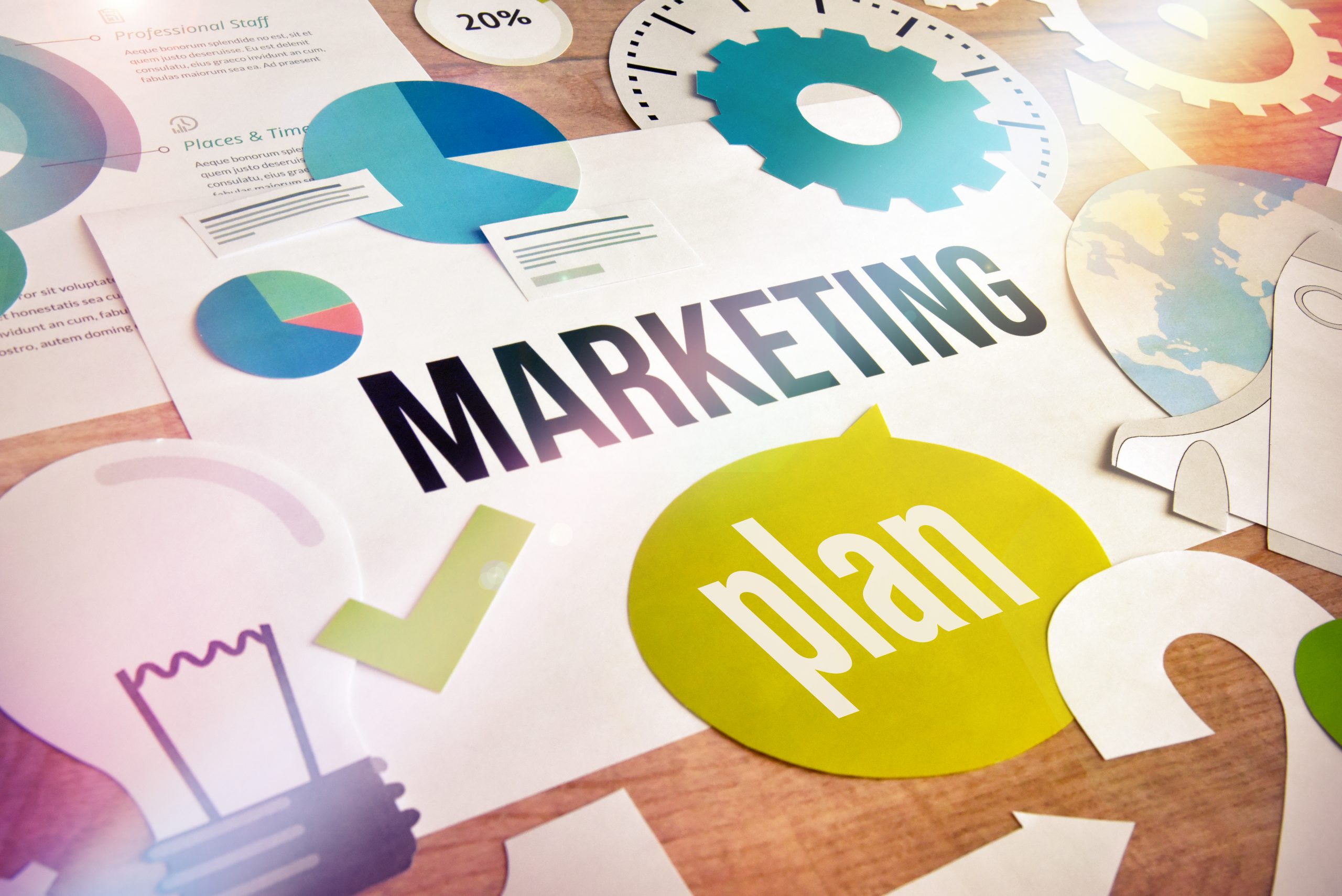Experience Economy 101
Before getting into the nitty-gritty of competing in the experience economy, let’s take a quick history lesson. Since the dawn of man, the economy has existed in one form or another. The first time a caveman exchanged a sharpened rock for a mammoth steak, trade was born. When we discovered food could be grown and harvested the agrarian economy was born and dominated civilization until the mass technological shift of the industrial revolution birthed the industrial economy. Two world wars and a Cold one after that resulted in stark structural changes in global economics. In the late ’90s, the internet began its conquest of our personal and business lives and it changed just about everything. The way we interact and respond to our world evolved and ushered in our latest economic era: the Experience Economy.
The term was first described in a 1998 Harvard Business Review article, the author made note of experiences being a distinct economic offering “as different from services as services are from goods”. Experiences exist as the most differentiated offering in today’s economy; they go beyond price and quality and give the consumer an emotional reason to engage with their brand, product, or service. The modern consumer expects a fair price, excellent quality, and flawless customer service as minimum requirements to even consider a brand and bases their decision to purchase on an emotional response. In the experience economy, you are marketing feelings over the service or product.
Experience and the Purchase Cycle
It’s tricky to come up with a formula that gives businesses the key to delivering on experience. We need to consider that this can be a bit abstract at times since experience is always present throughout every stage of the purchase cycle and varies greatly at each point. The experience you may want when searching and actually paying may be completely different from the experience you want interacting with your product.
Let’s use an example: the author of this article is an avid video game enthusiast. For the better part of the last decade, most video game purchases are done through direct digital download: you search for your game, enter a payment method, download, and start playing. Gone are the days of enduring a block-long line for several hours in the cold to purchase a physical copy of the new Mortal Kombat, but also gone are the days of the thrilling anticipation that came from waiting to get home to unbox a brand new game and put it in the console for the first time. Direct digital downloads improved the experience of making it easy for everyone to purchase and immediately receive a game from the comfort of their homes, but completely removed the emotional value of unboxing a game.
Video game company’s found a way to deliver on both these experiences and also make more money out of it through Day 1 collector’s editions. These experience-heavy editions of video games allow the customer to download the game before it’s release and activate on launch date so they can start playing immediately, but they also ensure the delivery of additional digital and physical content such as artbooks, action figures, bonus items, and elaborate boxes with a physical copy of the game on the day of the release. This way they are both removing the negative experience of having to leave your house to stand in line to buy a game, but adding the positive nostalgia-filled experience of unboxing something unique, all for a hefty price tag usually 3x or 4x the price of a standard digital-download.
Engagement and Customer Experience
That last example illustrates how experience sells, but video game company’s are still selling a tangible product. How do we deliver on experience when it comes to service providers? The “math” is pretty much the same: the opportunity in this economy lies where business can meet or even exceed a customer’s initial expectation of their buying experience. To understand what those expectations are, it’s crucial to study your customers in detail and collect and use as much data from them as possible. Creating profiles of the different type of buyers that approach your business will help you learn how to appeal to each one on many different levels including the way they consume information and the way they make decisions. A lot of self-assessment is also required from every business to understand what they can be doing better to deliver on CX.
There is a lot of fertile ground in this budding economy in digital marketing even though it may not be easily apparent. What are your potential buyers looking for online? Why are they looking for it? When are they looking for it? What devices are they using?
All these questions give you answers on where you can improve CX. From intuitive design to content marketing and lead-conversion optimization, we are considering customer-experience throughout every level of how we do business and trying to drive the CX philosophy in the work we do for our clients. Our marketing strategies are aimed at driving engagement by improving customer experience elements for digital audiences. Learning and analyzing how your audience asks questions online and building informative original content to generate demand goes much further than providing basic product information. Customers are looking to be understood and cared for, so answering their questions as best as possible without them having to do too much searching is a compelling way to deliver on experience in this industry.



